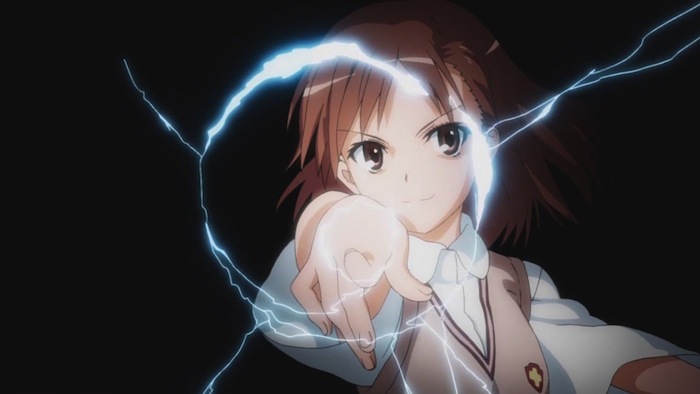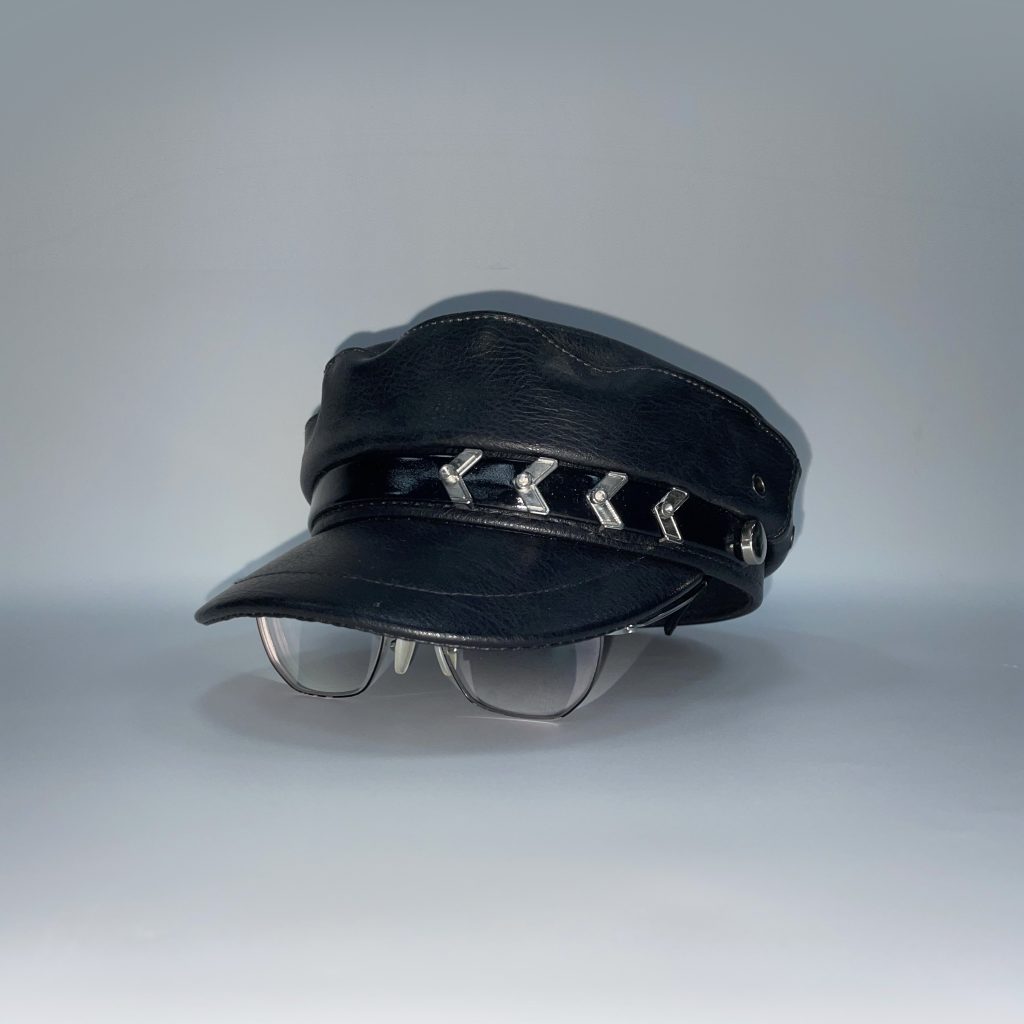In the early years, the artists from all cultures developed their own rules of perspective to depicting their illusion. All of them were based on observations of nature and experiences of life.
In China there was Scattered Perspectives of landscape painting. With the sight moving on, a long scroll may have multiple vanishing points stretching out. Viewing the painting is just like walking while sightseeing, which was called “changing sight”.
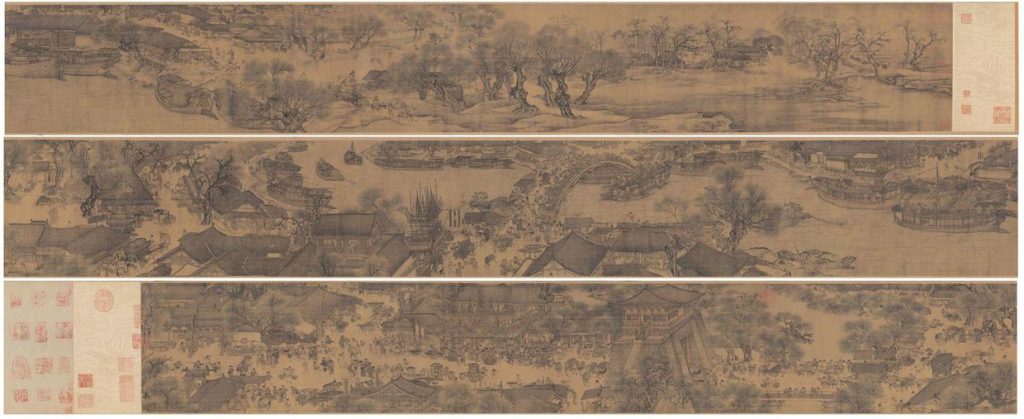
Along the River During the Qingming Festival, Zhang Zeduan, Song Dynesty (12th century)

Meanwhile, the three-point perspective gradually emerged in Western art, based on the realism style of the Renaissance. The paintings broke away from a single plane and appeared in depth.
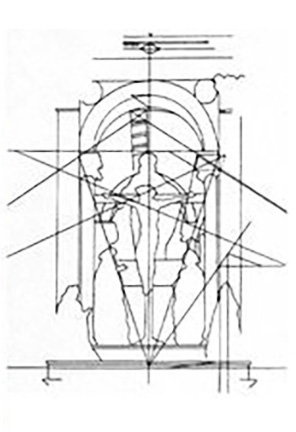
(1426-1428)
Nowadays we have a more comprehensive and systematic theory of perspective to help create space and volume. The rules of perspective in art are not set in stone, but before we can break them, we need to know about the rules.
5 BASIC PRINCIPLES OF PERSPECTIVE
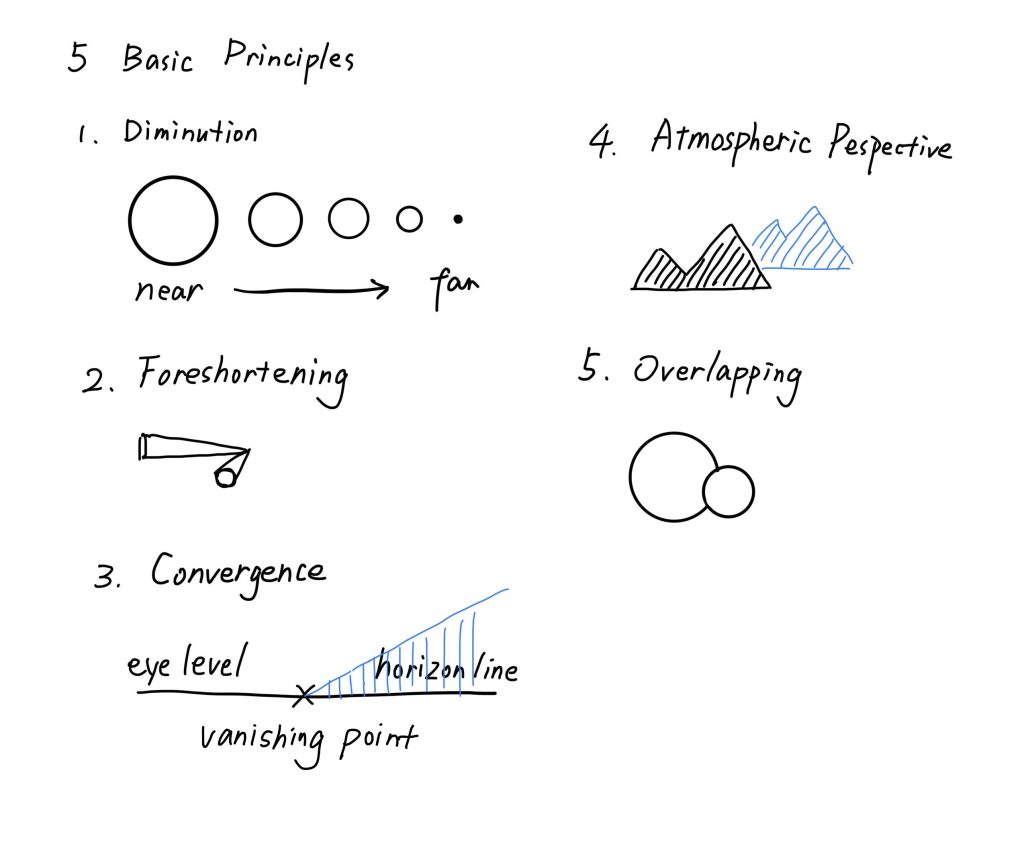
PERSPECTIVE LAWS
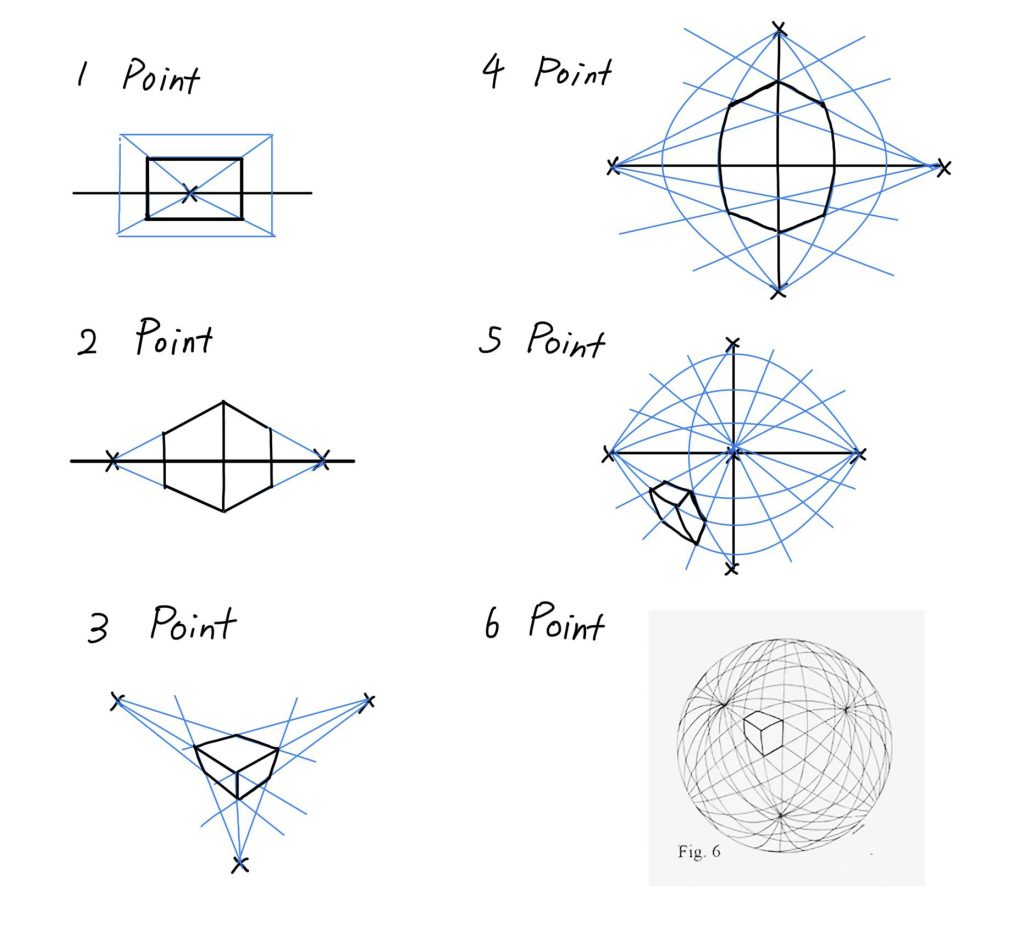
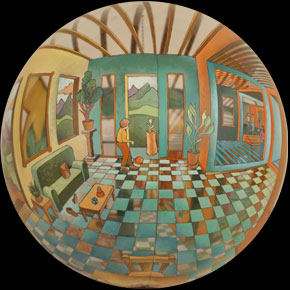
The photos blow were taken by me on the Wallace Collection exhibition INSPIRING WALT DISNEY: THE ANIMATION OF FRENCH DECORATIVE ARTS. These are background sketch of Disney films, showing wonderful 3 or 4 point perspective.
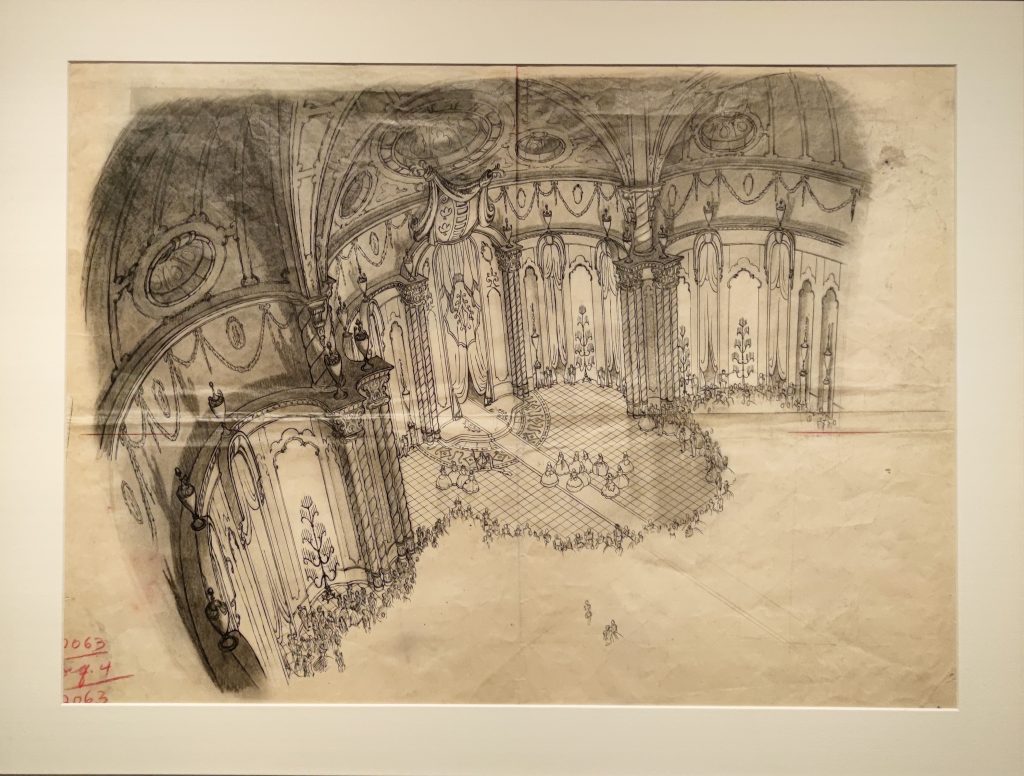
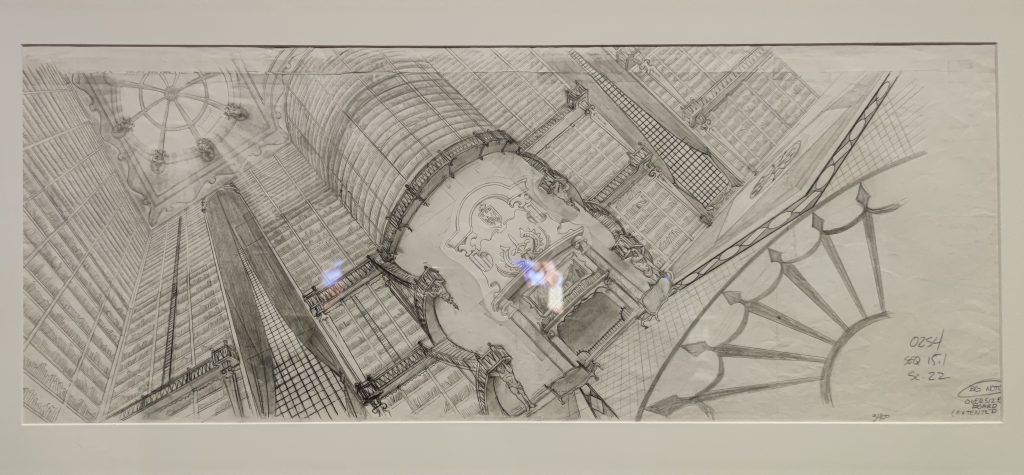
In most cases, 4 and more point perspective is used in establish shot to show the general environment. Sometimes it is also used in character animation for special visual effect, yet extreme perspective is far harder to animate than the normal ones.
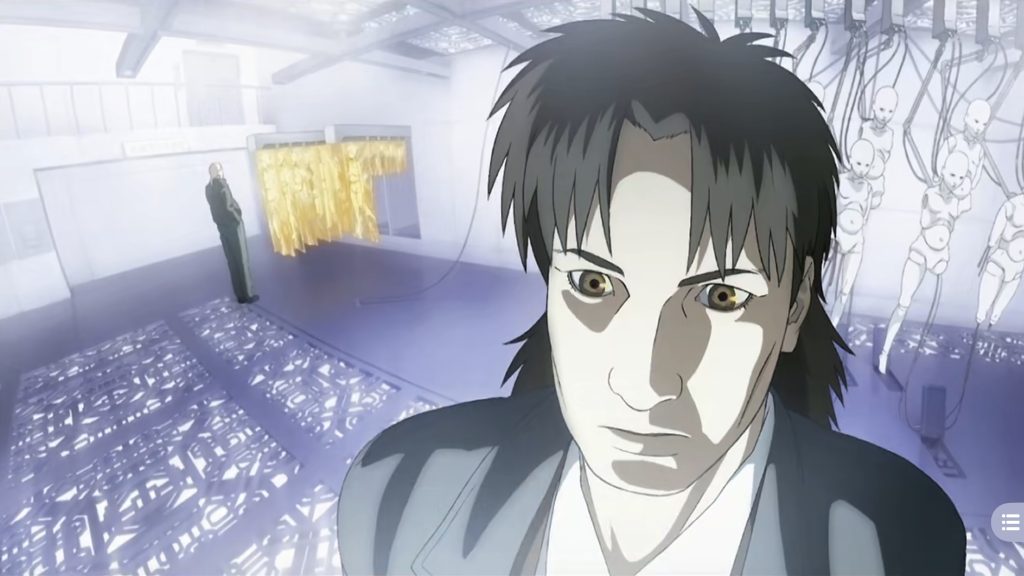
FIGURE PERSPECTIVE
Imagining our body as geometric, or in a box, helps to deal with the figure perspective.
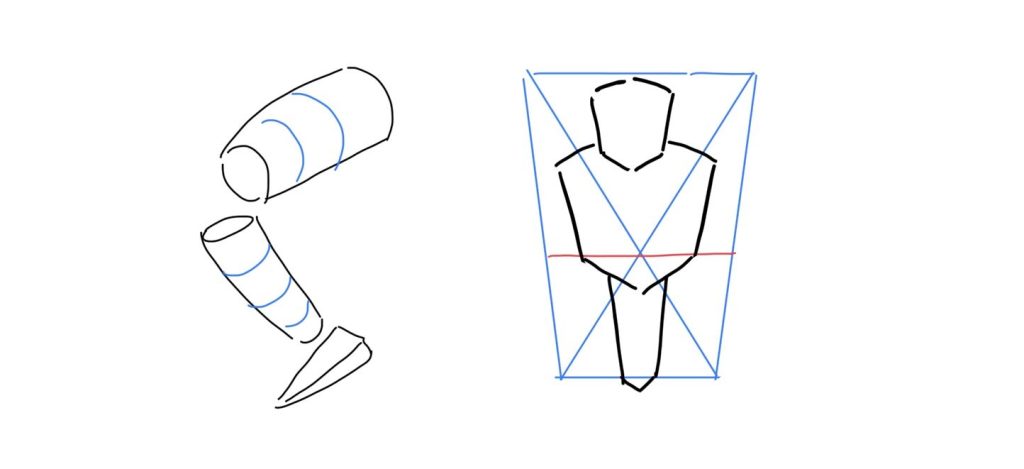
According to the diminution principle, artists tend to highlight the closest body part and draw it bigger.
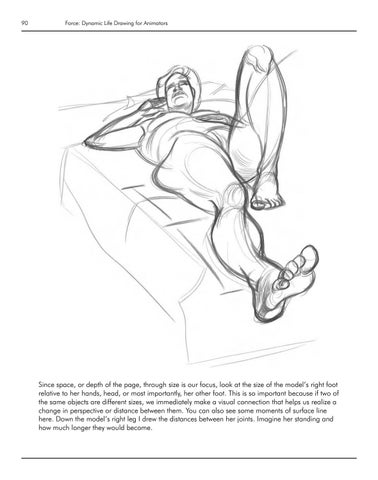
Likewise in this meme, the right hand is the closest to the camera, so it is exaggeratedly large compared with the left arm.
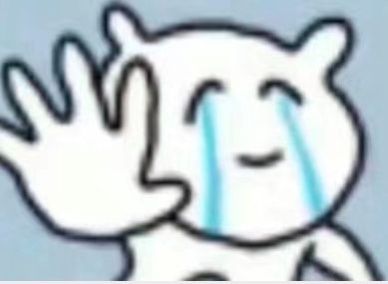
The skill is widely used in animation to draw audience’s attention on a specific movement and increase the impact of the pose.
